Elephantopus elatus
(Tall Elephantsfoot)
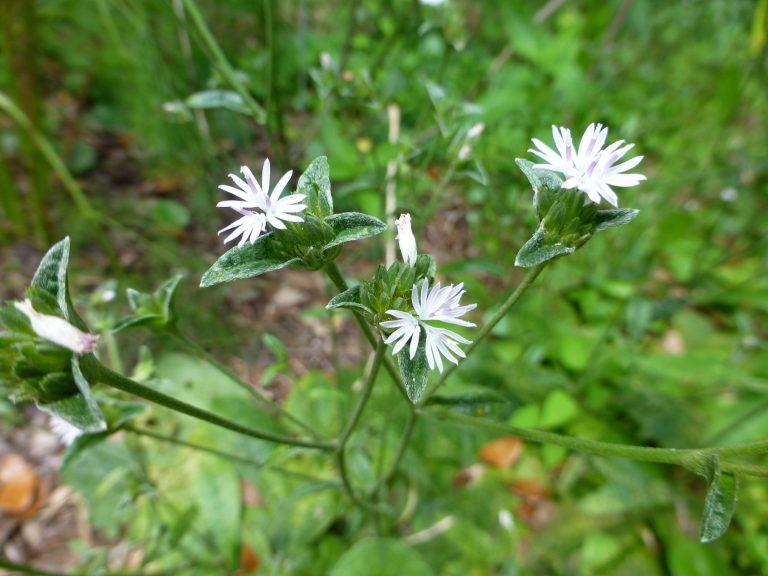
Common Name, Latin Name, and Family
Common names include tall elephantsfoot and roundleaf bluet.
The Latin name is Elephantopus elatus.
It is found in the Asteraceae, or aster, family.
Form
It is a perennial wildflower that grows to a height of about 2 – 3 feet when in bloom.
Leaves
This wildflower has mostly basal leaves that are wide with toothed margins.
Any stem leaves are alternate, oblong to ovate, sessile, with hairs.
Flowers
Tiny, pale lavender, flowers appear in the summer and fall.
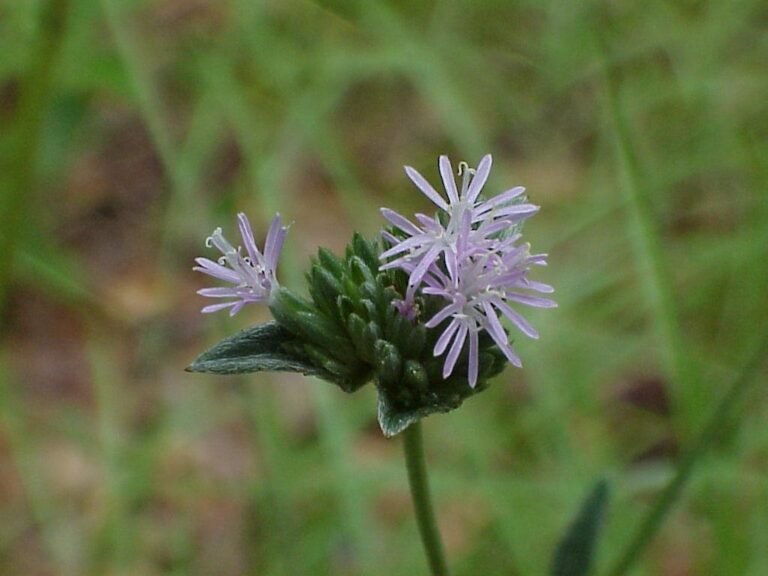
Fruit / Seeds
Once the flowers are pollinated the seeds begin to form.
The seeds are tiny and brown.
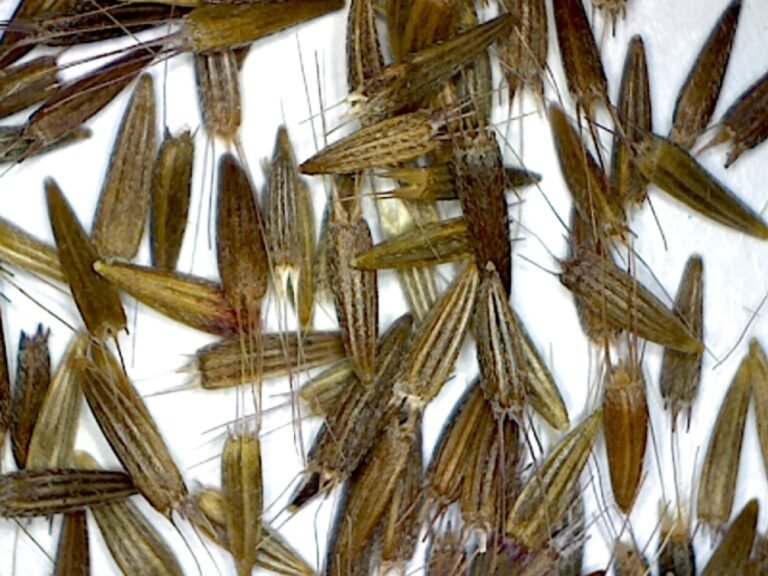
Habitat
It occurs naturally in moist to dry pinelands, openings in oak hammocks, and disturbed sites.
Native Range
It is found naturally occurring in most counties of Florida.
It is native to Alabama, Florida, Georgia, Louisiana, Mississippi, and South Carolina.
Landscape Use
It grows in part shade with average to dry soils.
It dies back in the winter and in spring the basal leaves start to form again.
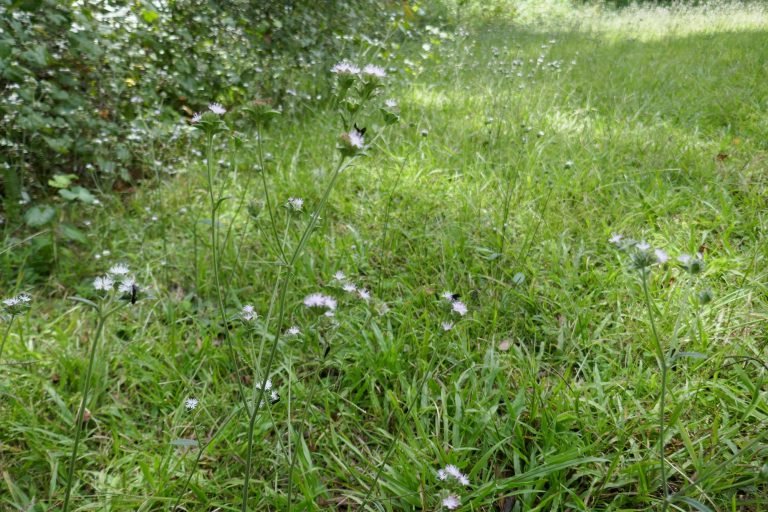
Wildlife Use
Bees, butterflies, and wasps use the flowers as a nectar source.
The leaf bracts form a large triangular shape which provides a wonderful landing platform for the pollinators. Even large butterflies can nectar from the flowers.
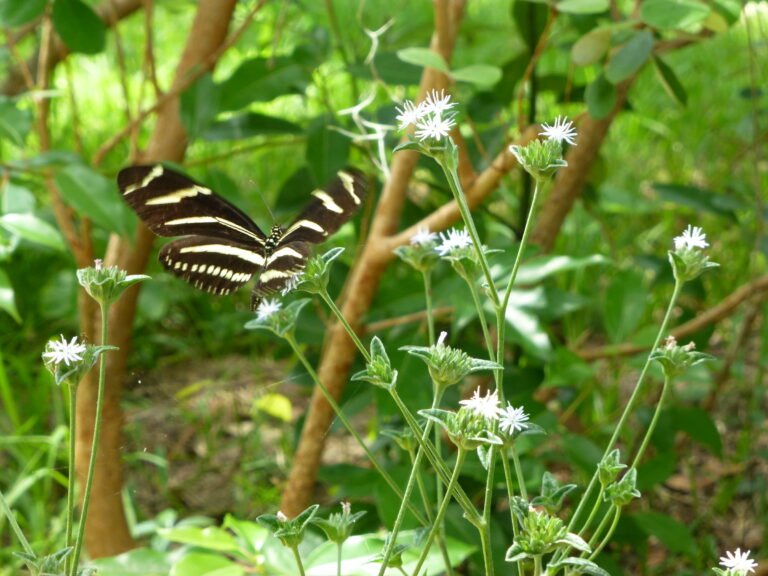
Propagation
It grows easily from seed and transplanting.
Nurseries do not carry tall elephantsfoot usually, but it does easily transplant (to site or in pots).
Remove flower stalks or seed heads so the plant can recover from the move and water until established and you see new growth appearing.
